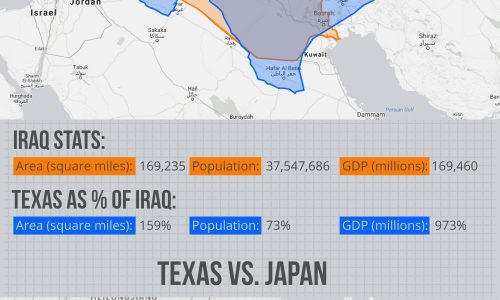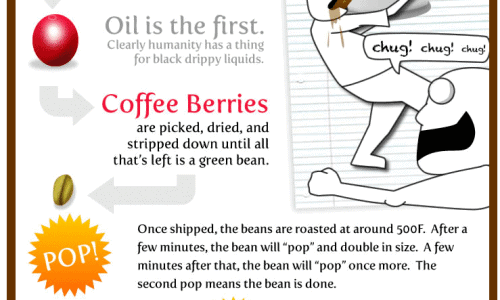
The great barrier reef is the largest living reef in the world. The size of 70 million football fields, you’d be able to see the barrier reef if you were standing on the moon.
There’s so much more to explore beyond the limits of human reach. So, keep diving into knowledge and exploring the wonders of our world. Remember, every dive into learning is an opportunity to emerge more enlightened.
Visualizing the Size of the Great Barrier Reef
When we say the Great Barrier Reef is massive, we mean it’s really massive. Just how big? Picture 70 million football fields put together. That’s an area so vast that you could spot it from the moon! It’s no shocker then that this breathtaking underwater marvel is one of the seven natural wonders of the world.
A Complex Web of Life
The Great Barrier Reef isn’t just one continuous stretch of coral. It’s a complex ecosystem made up of nearly 3,000 individual coral reefs, 900 islands, and 300 cays. This diversity creates a kaleidoscope of life and color, making it one of the world’s top holiday destinations.
Layers of History
Corals are fascinating creatures. They build their homes layer upon layer, creating structures that have stood the test of time. In fact, some layers of the reef are estimated to be a staggering 20 million years old! Talk about having a sense of history.
The Reef’s Inhabitants
From playful dolphins to graceful turtles, slithering sea snakes to a dazzling array of fish, the reef is a bustling metropolis of marine life. It’s this vibrant diversity that offers some of the best dives in the world.
The Living Corals
Corals themselves are living organisms. They’re created by tiny creatures called polyps, which use the calcium from the surrounding water to protect their soft bodies. The bright colors we associate with coral reefs are actually a product of the algae they feed on.
Bleaching: A Silent Threat
When it comes to corals, color matters. Coral bleaching occurs when the polyps eject the colorful algae. This is a grave concern, as it directly affects the health of the reef.
Reef Reproduction
The corals reproduce once a year and it’s quite a spectacle. What’s more, just one polyp has the potential to start a whole new reef. That’s nature’s way of ensuring that this underwater wonder continues to thrive.
The Challenge of Preservation
Despite their robust nature, reefs are extremely sensitive to pollutants. Plastic, pesticide runoff, and even sunscreen can pose a significant threat to these ecosystems. This is why it’s crucial for us to work towards their protection.
Remember, every bit counts when it comes to preserving this natural wonder. After all, we want future generations to marvel at the Great Barrier Reef just as we do today, don’t we?




